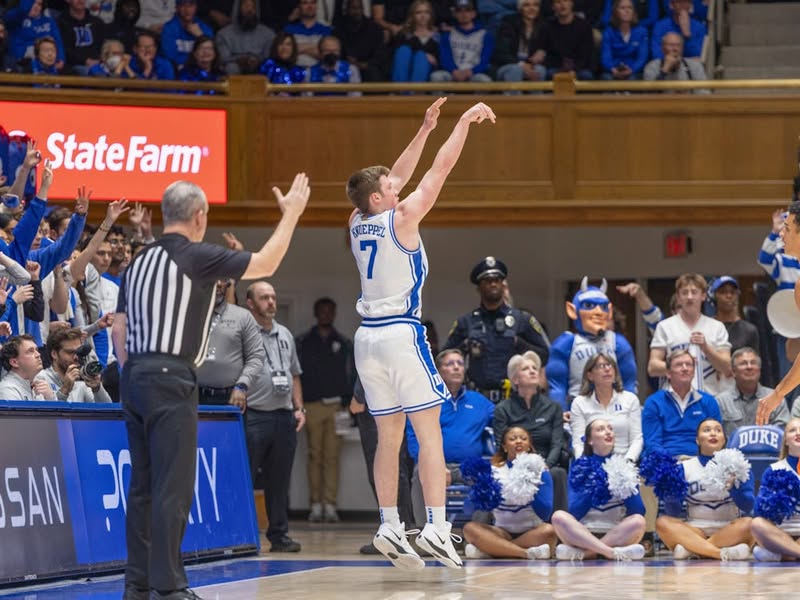


In their recent matchup against NC State, the No. 2-ranked Duke men’s basketball team showcased a blend of resilience and strategic play. Despite trailing by 13 points late in the first half, Duke managed to close the gap to 37-33 by halftime, setting the stage for a strong second-half performance.
1. Early Shooting Struggles
Duke’s offense faced challenges in the opening minutes, with the team making just one of their first seven shots. This cold start allowed NC State to establish an early lead, capitalizing on Duke’s shooting woes. However, the Blue Devils’ defense remained solid, preventing the Wolfpack from extending their advantage significantly.
2. Defensive Adjustments
As the first half progressed, Duke’s defense intensified. The Blue Devils effectively contained NC State’s perimeter shooters, limiting them to a 3-for-9 performance from beyond the arc. This defensive strategy forced the Wolfpack to rely on their inside game, where Duke’s interior defense proved more effective.
3. Offensive Rebounding Dominance
Despite shooting challenges, Duke excelled on the offensive glass, securing 14 offensive rebounds in the first half compared to NC State’s six. This dominance on the boards provided the Blue Devils with multiple second-chance opportunities, contributing to their ability to stay within striking distance as the half concluded.
4. Tyrese Proctor’s Leadership
Sophomore guard Tyrese Proctor emerged as a key offensive contributor, leading the team with 11 points in the first half. His 60% shooting from three-point range and steady ball-handling were instrumental in keeping Duke competitive during the early stages of the game.
5. Bench Contributions
Freshmen Sean Stewart and TJ Power made significant impacts off the bench. Stewart’s defensive prowess and Power’s offensive contributions, including seven points and four rebounds, provided a much-needed boost to the team’s performance. Their energy and effectiveness were crucial in maintaining the team’s competitiveness during the first half.
These observations highlight Duke’s strategic adjustments and individual performances that kept them within reach of NC State as they prepared for a strong second-half comeback.